Bamboo Plant Moving: When And How To Transplant Bamboo
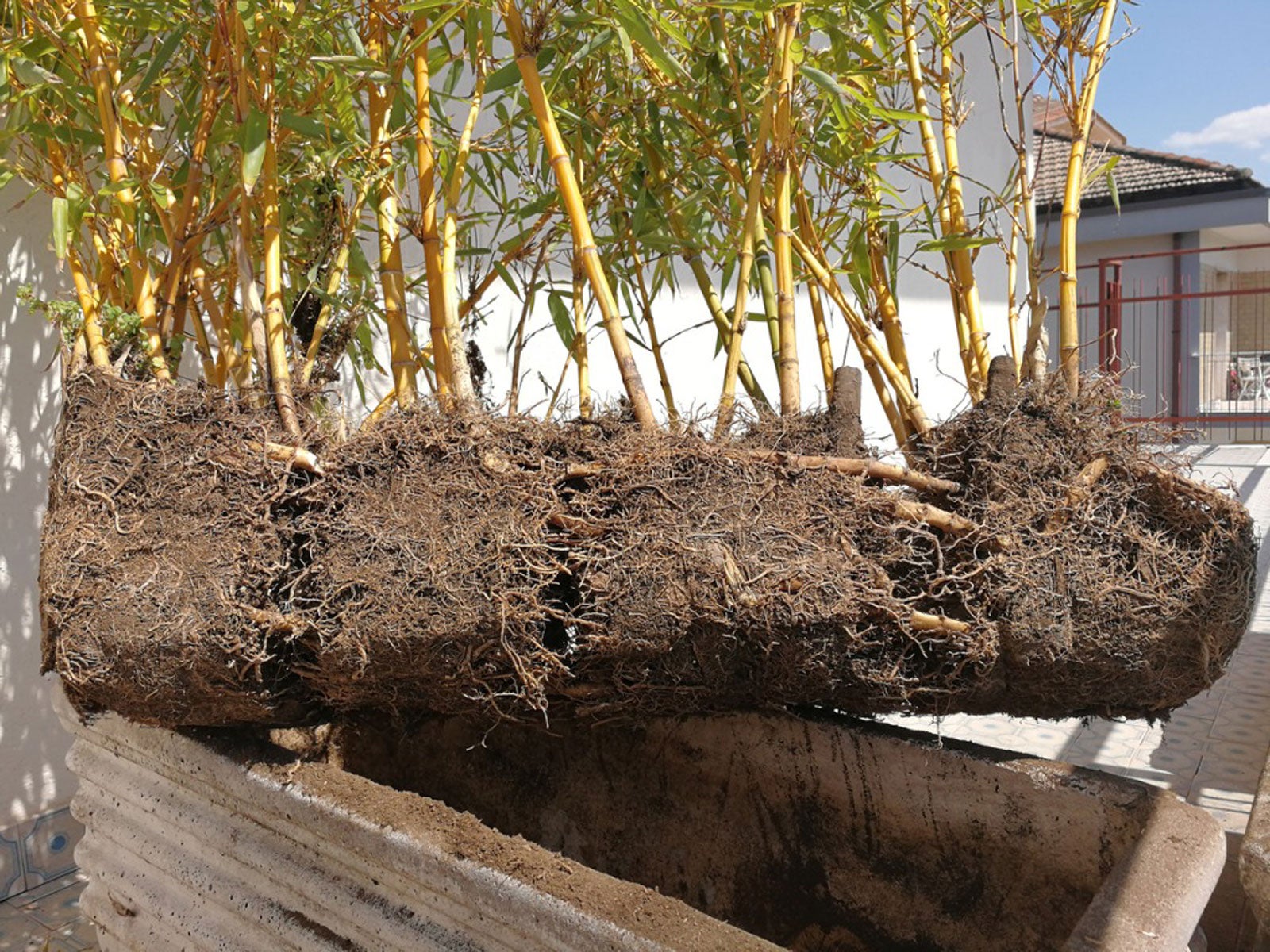
Did you know that most bamboo plants only flower once every 50 years? You probably don't have the time to wait around for your bamboo to produce seeds, so you're going to have to divide your existing clumps and transplant them when you want to propagate your plants.
Bamboo will grow and spread quickly, but there is no real way to direct it into far corners of the garden. Take a portion of an established clump, however, and you can create a new stand of bamboo in one season. Let's learn more about transplanting bamboo.
When to Relocate Bamboos
Bamboo plants can be a bit finicky when it comes to transplanting, yet if you treat them right, they'll spread all over the new area in very little time. Never transplant your bamboo when new shoots are forming; early in the spring or late in the fall are the best times. The roots are very sensitive to lack of moisture and to sunlight, so choose a cloudy, misty day for the absolute best results.
How to Transplant Bamboo
The roots of the bamboo plant are amazingly tough. You'll need a sharp shovel or axe to cut the root bunches for bamboo plant moving. The easiest way is to use a chainsaw. Wear protective clothing and eye covering to prevent thrown rocks or splinters.
Cut down through the earth about a foot away from the clump of stems. Make a complete circle through the dirt, slicing down about 12 inches (30+ cm.). Slide a shovel underneath the clump and rock it up out of the ground. Plunge the root clump into a bucket of water immediately. Lean the stand of bamboo against a shed or fence, as this plant doesn't do well if you lay it down on the ground. Have a moist hole already dug for the bamboo's new home.
Carry the bucket to the hole and transfer the clump of bamboo from the water to the soil. Cover the roots and water the plant very well. Cover the base of the plant with organic mulch such as dried leaves or grass clippings. Bamboo loves water, especially when it's stressed, and mulch will shade the soil and help keep in as much moisture as possible.
Set up some shade for the new bamboo plants by stretching cheesecloth or other light fabric over poles to create a sort of light tent. This will give the new bamboo clump some added protection while it establishes itself. Once you see fresh new shoots coming up, you can remove the shade fabric, but keep the soil moist throughout the year.
Gardening tips, videos, info and more delivered right to your inbox!
Sign up for the Gardening Know How newsletter today and receive a free copy of our e-book "How to Grow Delicious Tomatoes".
-
 Looking For Plants To Give You The Soft And Fuzzies? Try These 5 Fuzzy Leaf Plant Options
Looking For Plants To Give You The Soft And Fuzzies? Try These 5 Fuzzy Leaf Plant OptionsLovers of texture, drama, silver foliage and tactile plants will adore these special sensory garden additions. These fuzzy leaf plant options will leave you all aglow
By Susan Albert
-
 Get Ready For A Summer Of Hummers! Grow These Full Sun Hummingbird Plants and Flowers
Get Ready For A Summer Of Hummers! Grow These Full Sun Hummingbird Plants and FlowersIf you’re lucky enough to enjoy a sunny backyard, make sure you are maxing out on your pollinator opportunities and grow these full sun hummingbird plants and flowers
By Tonya Barnett
-
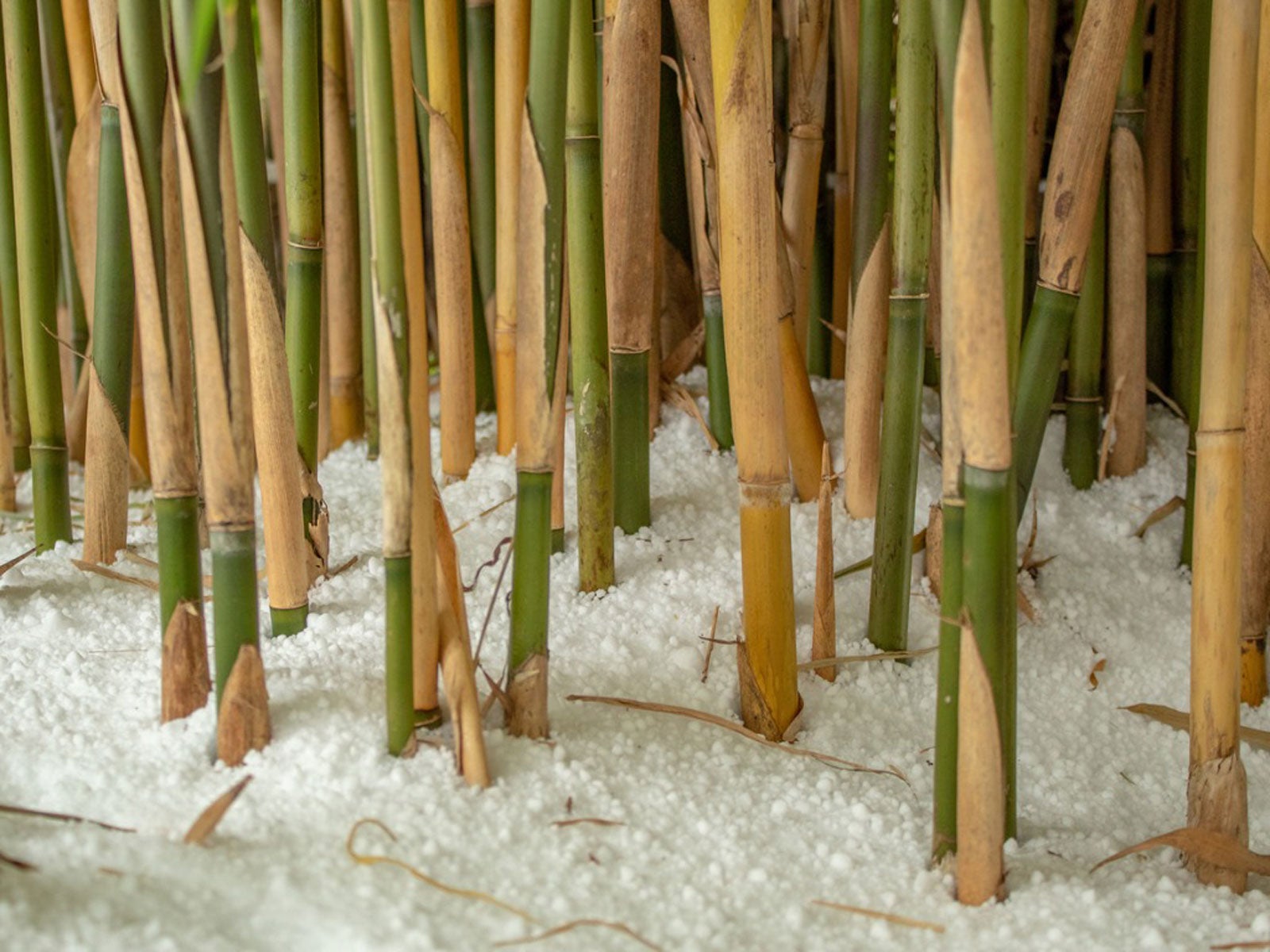 Bamboo Winter Care – How To Winterize Bamboo Plants
Bamboo Winter Care – How To Winterize Bamboo PlantsWinterizing bamboo is important to facilitate continued growth again in spring. Click here to get some tips for your bamboo during winter.
By Becca Badgett
-
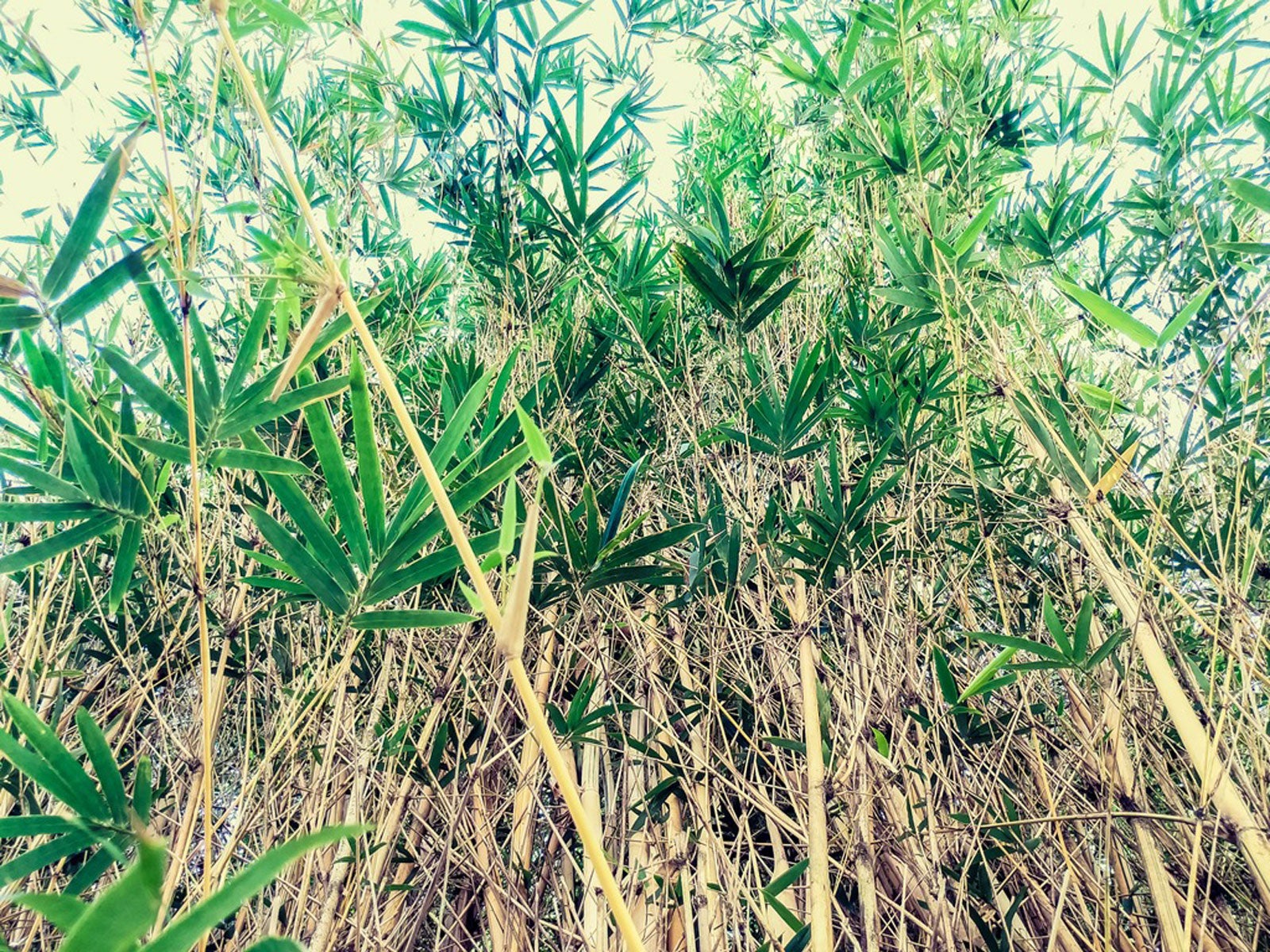 Desert Bamboo Varieties – Growing Bamboo In The Desert
Desert Bamboo Varieties – Growing Bamboo In The DesertGrowing bamboo in the desert or finding one desert climates starts with the right plant selection. Click here for choices that do well in arid climates.
By Becca Badgett
-
 Large Bamboo Division: Learn When To Split Potted Bamboo Plants
Large Bamboo Division: Learn When To Split Potted Bamboo PlantsBamboo plants are wonderful plants to grow in pots. Many varieties are invasive when planted in the ground, so growing them in pots is a great solution, but they will grow pretty quickly and can be a challenge to repot. This article can help with that.
By Raffaele Di Lallo
-
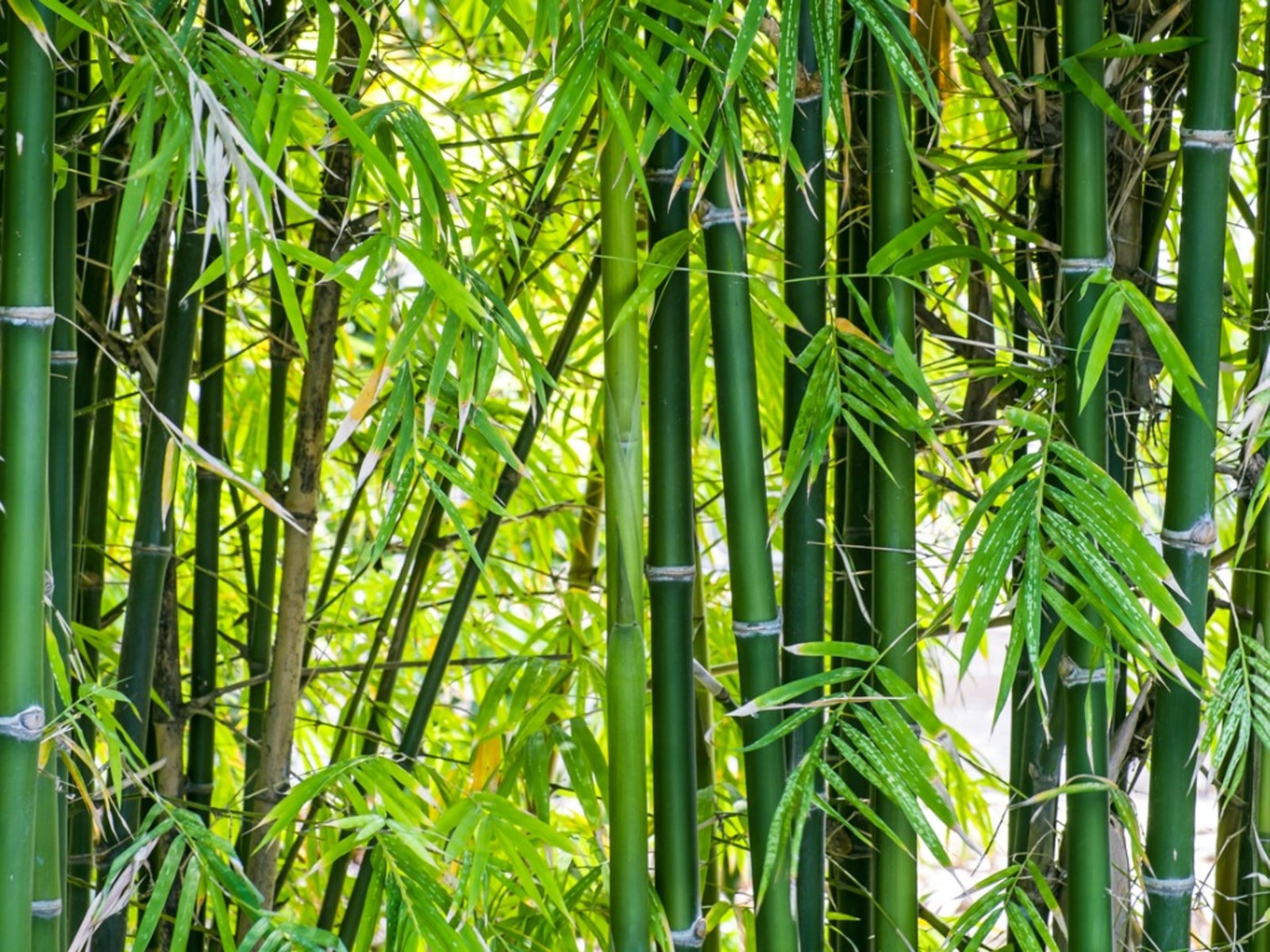 Bamboo Mite Information – Learn How To Kill Bamboo Spider Mites
Bamboo Mite Information – Learn How To Kill Bamboo Spider MitesWhat are bamboo mites? Native to Japan, bamboo mites are troublesome little pests that feed on bamboo and a few grasses in the bamboo family. Managing bamboo mites isn?t easy, but it?s possible. You can learn more about bamboo mite control in the following article.
By Mary H. Dyer
-
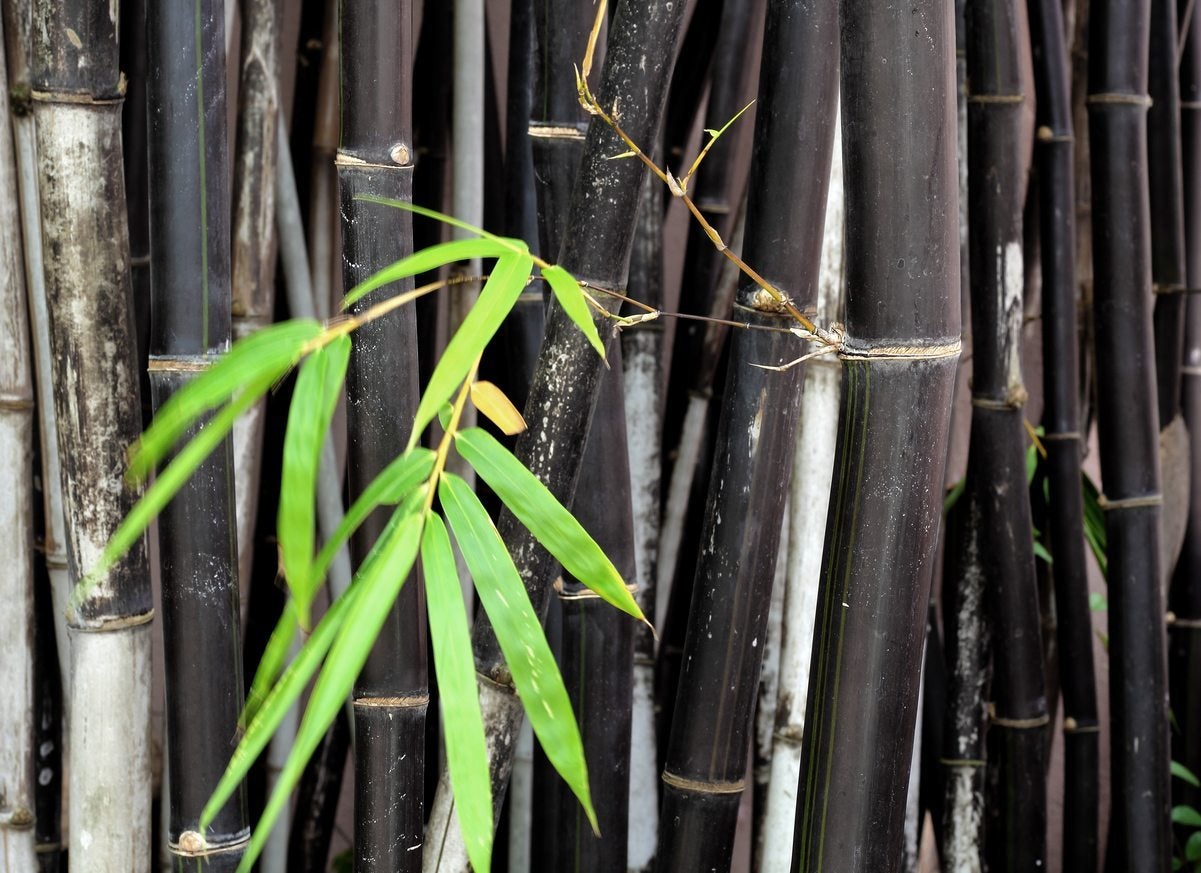 Black Bamboo Info: Tips On Growing Black Bamboo
Black Bamboo Info: Tips On Growing Black BambooWhile bamboo provides the instant gratification of being a fast grower, some varieties of bamboo can become very invasive and grow out of control. Is black bamboo invasive? Click on this article for the answer and learn how to care for black bamboo.
By Shelley Pierce
-
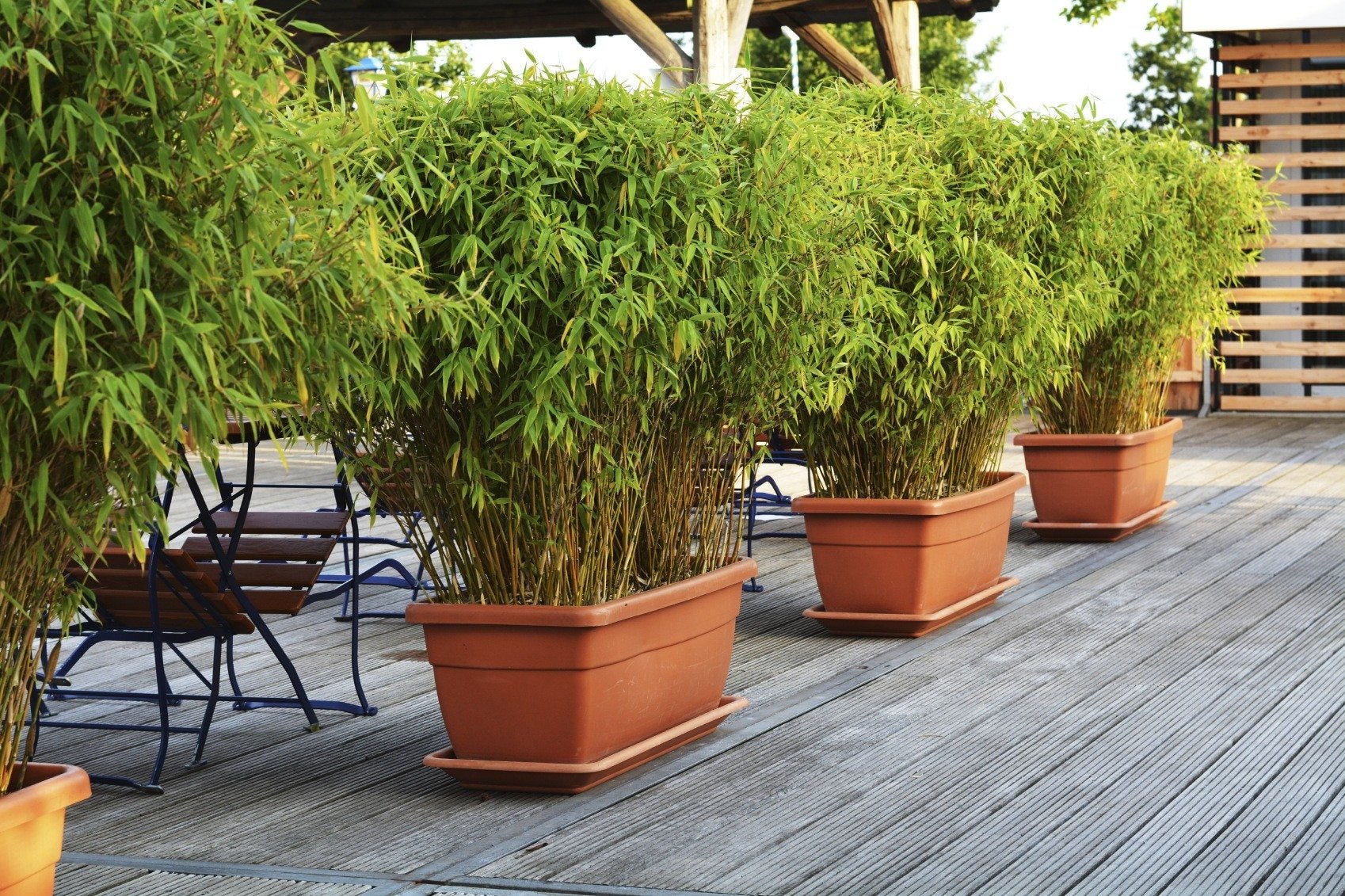 Growing Bamboo In Pots: Can Bamboo Be Grown In Containers
Growing Bamboo In Pots: Can Bamboo Be Grown In ContainersBamboo gets a bad rap. There's one surefire way to prevent their rhizomes from getting all over your yard: growing bamboo in pots. Click this article to learn more about container grown bamboo and caring for bamboo in pots.
By Liz Baessler
-
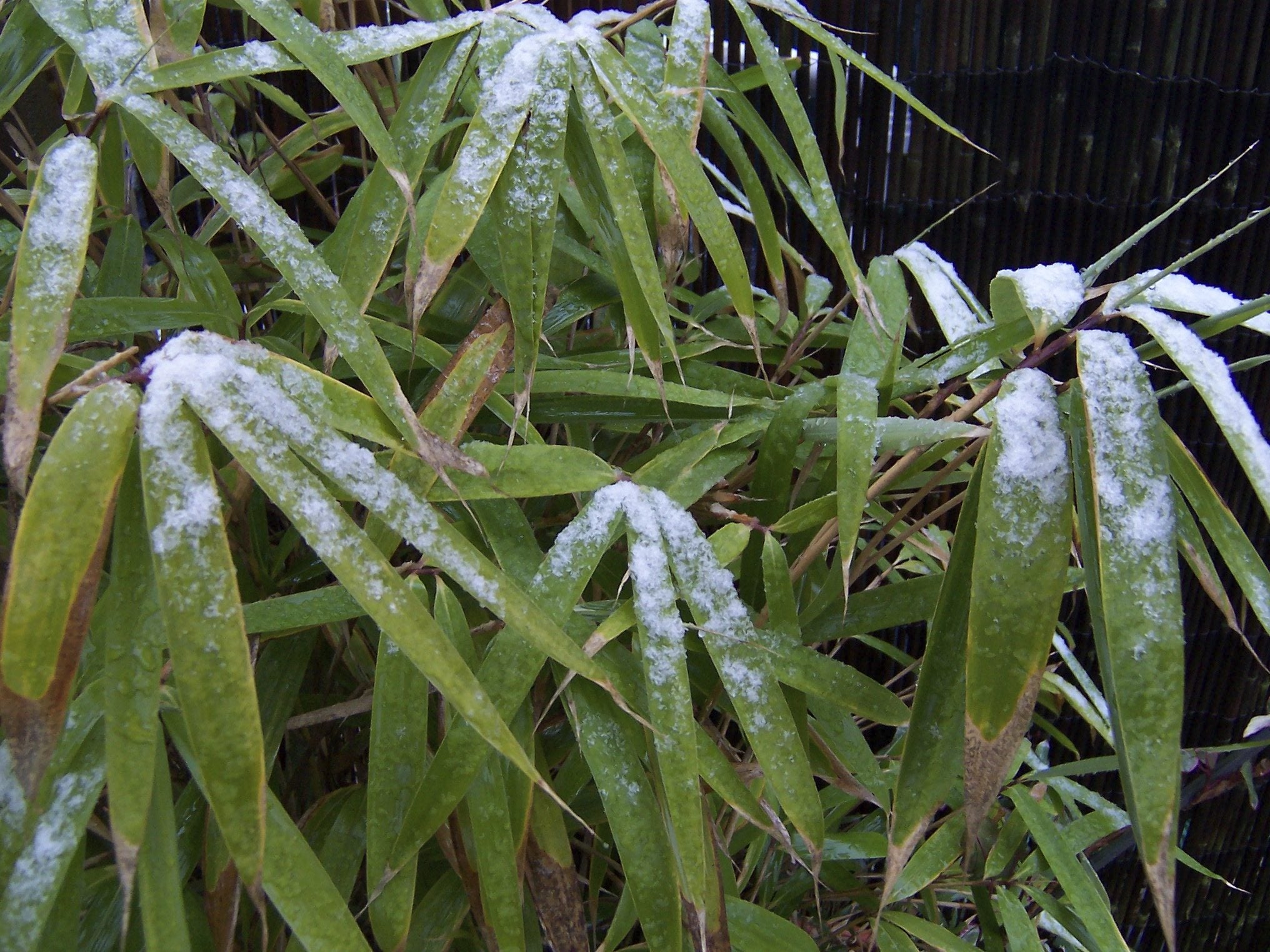 Bamboo With Brown Tips: Reasons Why Bamboo Plant Tips Are Brown
Bamboo With Brown Tips: Reasons Why Bamboo Plant Tips Are BrownMy bamboo is turning brown; is that normal? The answer is - maybe, or maybe not! If you?re noticing your bamboo plant tips are brown, it?s time to do some troubleshooting to determine the cause. This article can help with that.
By Mary H. Dyer
-
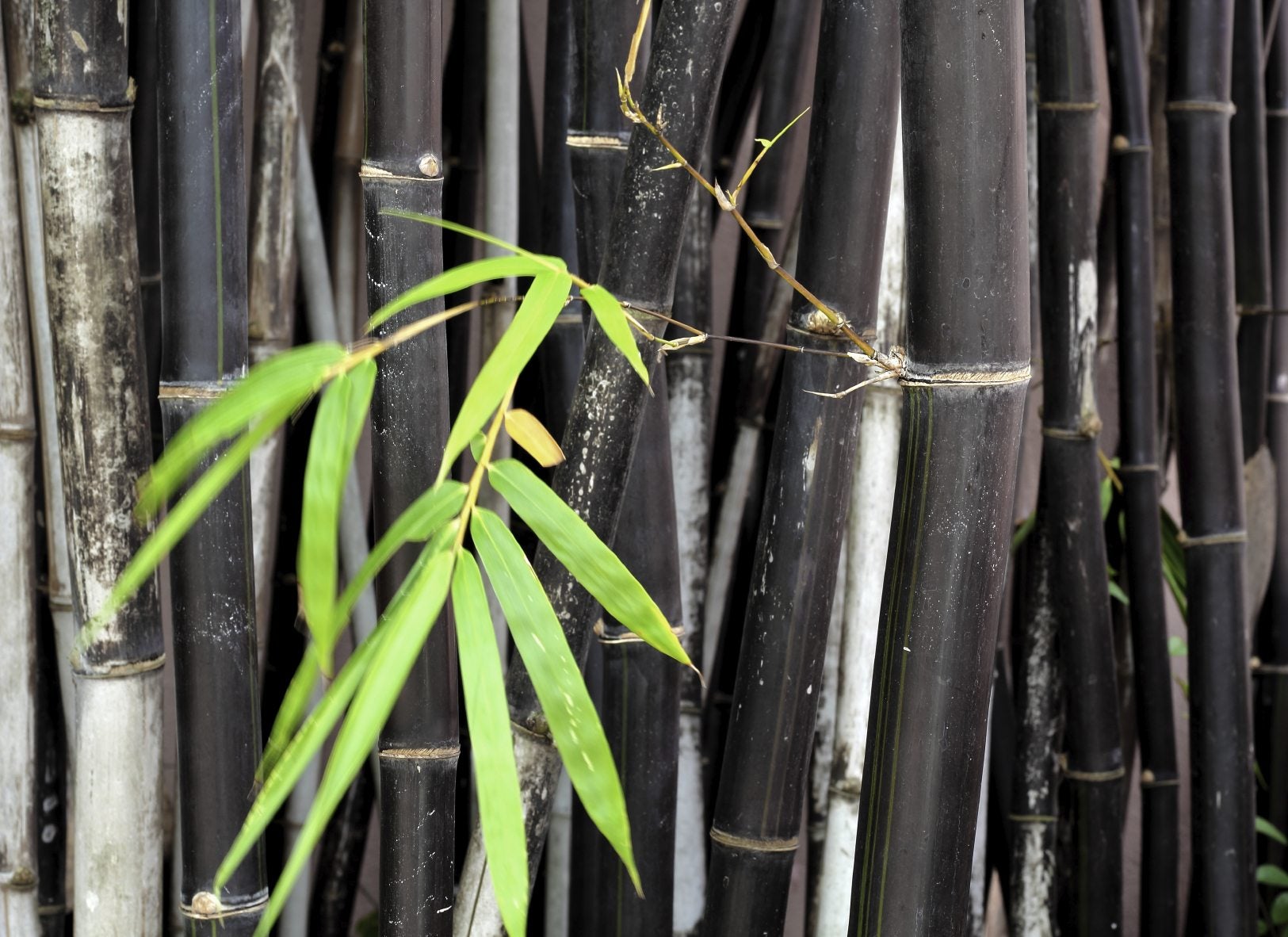 Bamboo Plant Types – What Are Some Common Bamboo Varieties
Bamboo Plant Types – What Are Some Common Bamboo VarietiesIf you plan accordingly and pay attention to what variety you?re planting, bamboo can be a great addition to your garden. Take a look at this article to learn about different varieties of bamboo. Click here for more info.
By Liz Baessler